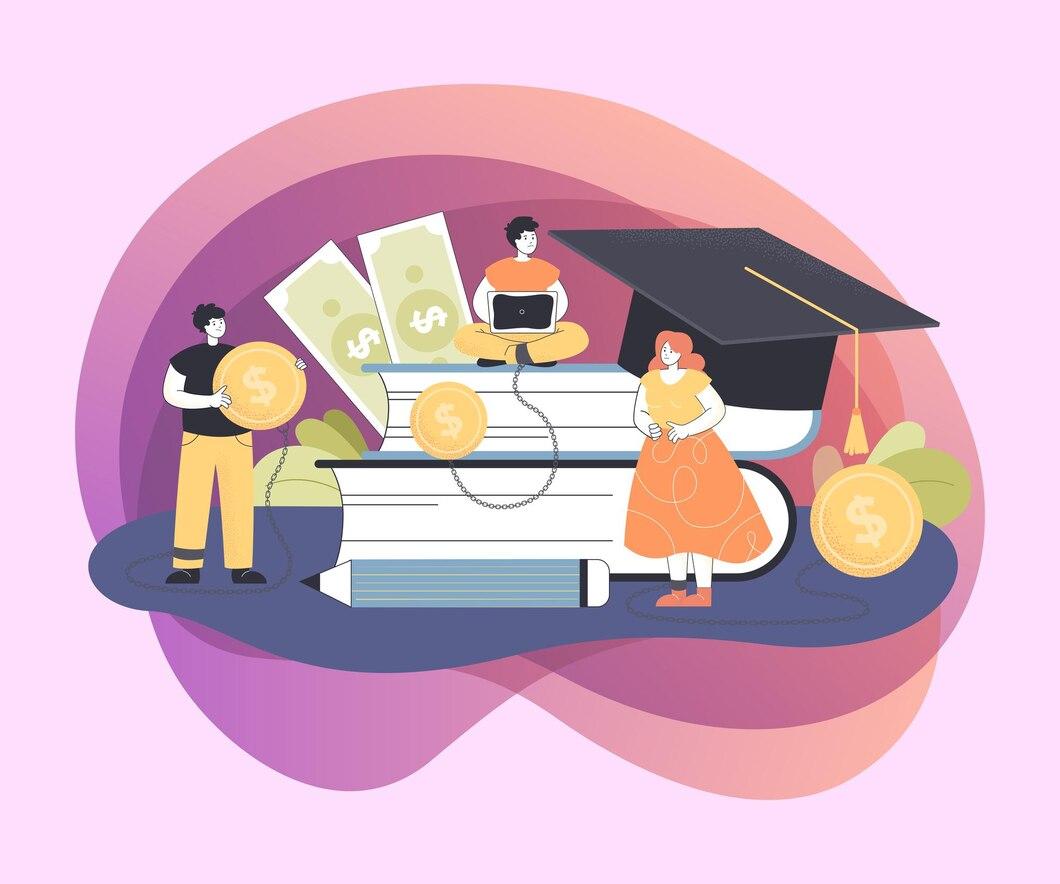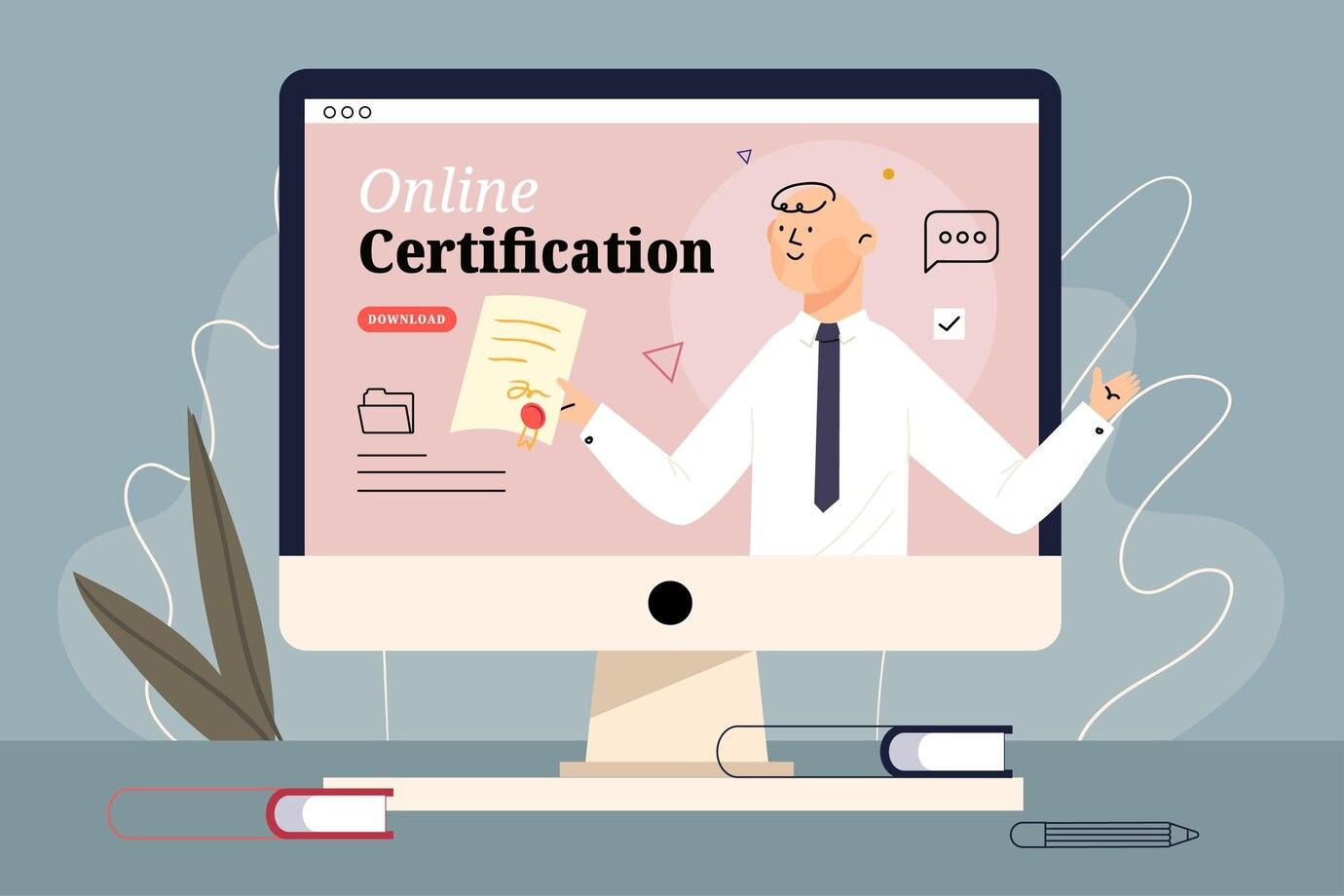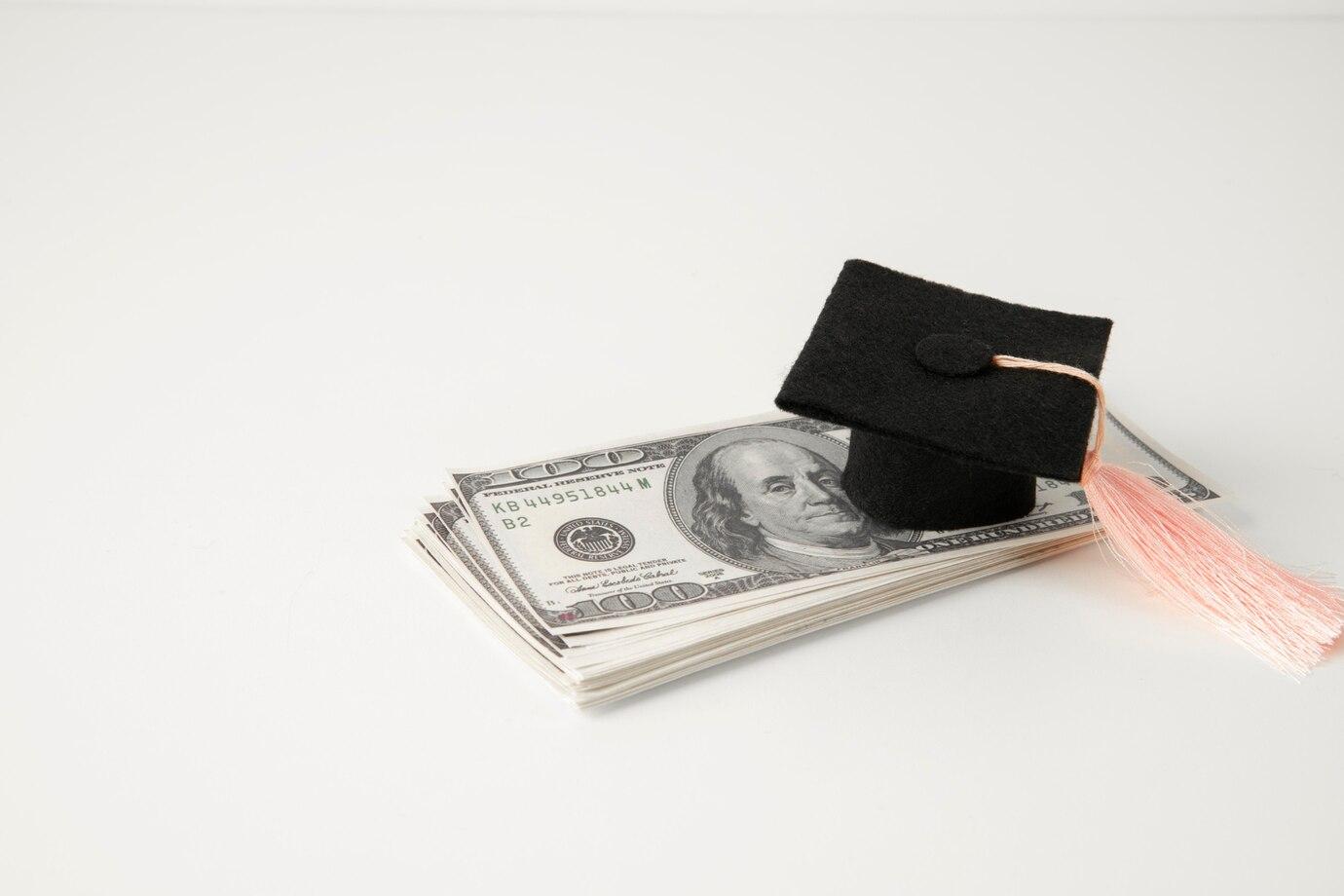In today's world, education has become an important element of success. However, with the increasing competition in the labor market and the rising qualifications required by employers, another aspect has emerged — fraud with diplomas and certificates. Fake documents, counterfeit certificates, and diplomas — this problem is relevant both for individual citizens and for society as a whole. Understanding the mechanisms used by fraudsters and methods of verifying the authenticity of documents will help avoid trouble and protect your interests.
Diploma Fraud
Diploma fraud has become a widespread phenomenon. In light of the growing demand from employers for qualified personnel, many people decide to bypass legal ways of obtaining education, leading to the emergence of forgeries. Fraudsters offer to buy university diplomas that supposedly confirm the receipt of education, often from institutions that do not exist on the country's educational map.
When considering purchasing a fake diploma, it's important to remember the possible consequences: job loss, fines, and even criminal liability. Many employers conduct thorough document checks, which can lead to significant expenses.
Fake Certificates: Goals and Methods
Fake certificates have also become a common form of fraud. Types of certificates include:
- Identity certificates
- Driver's licenses
- Certificates of advanced training
Fraudsters involved in forging certificates use various methods to create fake documents. Firstly, they use specialized software and printers for printing. Secondly, fraudsters may turn to experienced forgers who can create documents indistinguishable from the originals.

Scams with Purchased Diplomas: How to Detect Them
Fraudsters selling diplomas often create online stores where various degrees are offered. These sites often look professional, use real logos of educational institutions, and even offer services for issuing custom diplomas. However, before making a purchase, pay attention to several signs:
- Education degree: If the diploma offers you a degree you couldn't realistically obtain (e.g., a fast master's degree without a bachelor's), this is a sign of fraud.
- Reviews and reputation: When studying reviews about the site, pay attention to ambiguous comments and a high frequency of negative feedback.
- Price: If the cost of the diploma is significantly below the market rate, this may also signal that you are dealing with a forgery.
It's important to note that in most countries, falsification of documents is a criminal offense. It can also negatively affect your reputation and, in some cases, even lead to imprisonment.

Fake Certificates: How to Avoid Being Cheated
Fake certificates are another popular form of fraud, especially among young people. Conversations about how to bypass the system to obtain a diploma without actual study are becoming more common. However, it's important to understand that such schemes are not only illegal but also risky.
How to Verify Diploma Authenticity
The issue of verifying a diploma's authenticity becomes relevant both for employers and applicants themselves. There are several ways to verify diplomas:
- Contacting the educational institution: The most reliable way to verify a diploma's authenticity is to contact the institution that issued it.
- Verification services: You can use specialized services that verify document authenticity, which also helps avoid trouble.
- Online resources: Many diplomas and certificates leave digital traces. There are portals where you can check whether a specific diploma was indeed issued.
Remember, dealing with fake documents can lead to serious consequences for all participants in the process. It's important to remain vigilant and not resort to the aid of fraudsters.

Certificate Scams: How Not to Become a Victim
Certificates confirming training in courses or seminars can also be faked. Fraudsters often offer services for quickly obtaining current certificates without actual training. However, this practice is not only deceitful but can also have a negative impact on a professional career.
When choosing courses, pay attention to:
- Licenses and accreditations: Checking for necessary licenses will help avoid fraud.
- Training program: Familiarizing yourself with the course program and its structure allows you to ensure the seriousness of the offered educational program.
- Reviews: When studying course reviews, consider the opinions of real participants.
Fraudsters in Education: How to Recognize and Avoid
It's important to remember that fraudsters don't stop at one platform. They evolve, seek new ways to deceive, and use various mechanisms to achieve their goals. Below are a few key ways to recognize educational fraud:
- Unclear and confusing offers: If an offer sounds too good to be true — it probably is. For example, you're offered incredible prices on expensive diplomas or courses — here you should be cautious.
- Incomplete company data: Checking information about the company itself can help understand how legitimate they are. Always look for company reviews and ensure their history is transparent.
- Unethical actions: If you're asked to pay upfront without providing any documents or guarantees, this may signal fraud.

Fraud with Fake Certificates: How to Prevent Fraud
Fake certificates are another form of fraud that people encounter. Typically, forgeries involve certificates confirming the legal right to engage in specific activities. This could be education, medical services, or even legal rights.
Fraudsters use this method not only to obtain money but also access resources they have no right to use.
The issue of fake certificates and diplomas remains relevant in our society. Fraud in education negatively affects both individual citizens and the entire education system. It is necessary to be attentive and vigilant, research offers, verify document authenticity, and always refer to legitimate sources of information.


